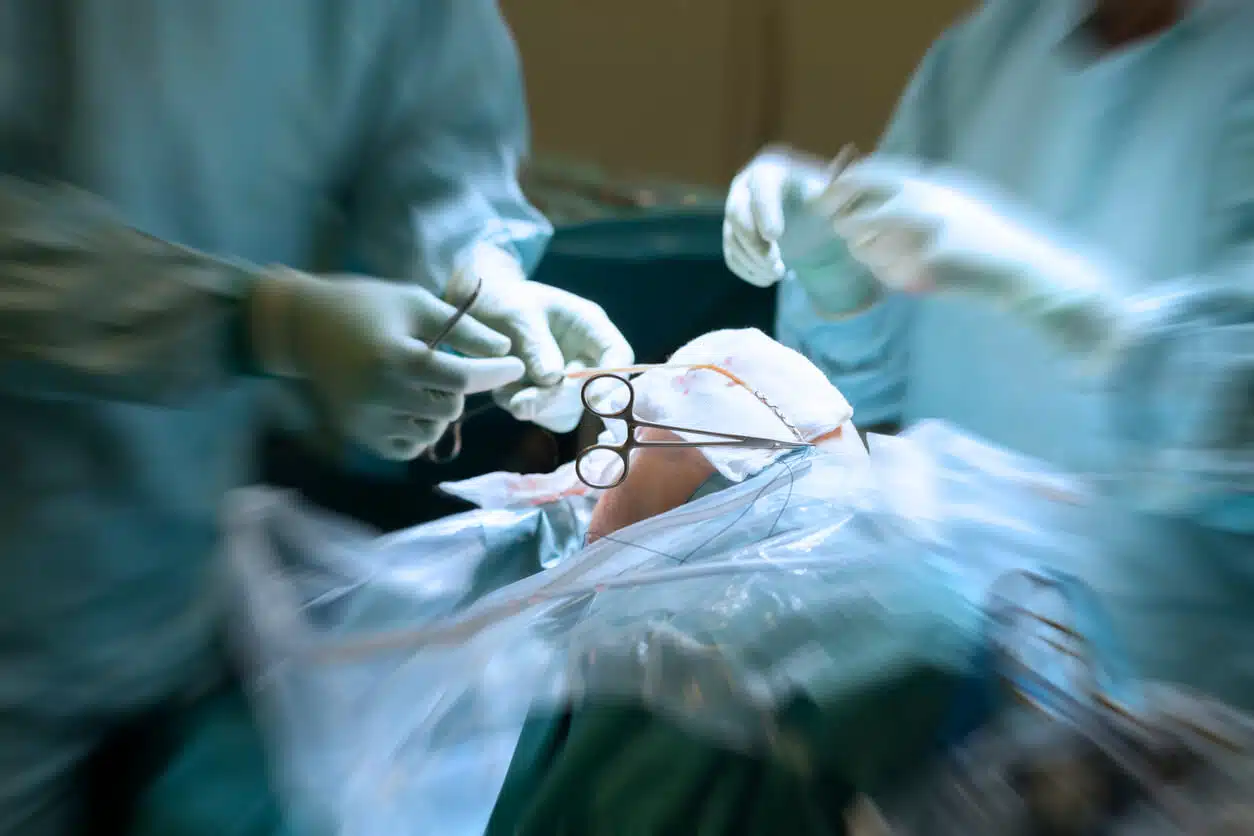
An Anterior Cruciate Ligament (ACL) tear can be a result of sudden twisting motions of the knee or a direct blow to it. A tearing of the ACL ligament often requires surgery to allow the individual to return to their daily activities sooner, especially for active individuals.
Age and activity level are two important considerations for ACL surgery, as both factors can affect surgery outcomes. Let’s explore these further.
Age and ACL Surgery Outcomes
Younger Population
For younger individuals, particularly adolescents and young adults, an ACL tear can significantly affect their active lifestyles and athletic pursuits. Surgical reconstruction in this demographic aims to mitigate the risk of recurrent instability and long-term joint degeneration.
Research suggests that timely ACL reconstruction in younger patients may yield favorable outcomes, with a focus on restoring knee stability and preventing secondary damage to the menisci and articular cartilage.
Key Considerations
- Growth Plate Status: Surgeons must carefully assess skeletal maturity in younger patients to minimize the risks associated with a growth plate injury during surgical procedures.
- Rehabilitation: Postoperative rehabilitation plays a pivotal role in helping younger patients regain strength, agility, and confidence in returning to sports safely.
Older Adults and Seniors
In older adult individuals, an ACL tear may be associated with degenerative changes in the knee joint, potentially complicating the surgical management and overall recovery process.
Advanced age introduces unique considerations related to pre-existing joint health and comorbidities. There are also functional expectations following ACL reconstruction that need to be considered.
Key Considerations
- Joint Health: Degenerative changes such as osteoarthritis may influence the decision-making process regarding ACL surgery in older patients, as the extent of pre-existing joint pathology can impact postoperative outcomes.
- Functional Goals: Aligning surgical objectives with realistic functional goals becomes crucial in older individuals, emphasizing improvements in daily activities and joint stability.
Activity Level and ACL Surgery Outcomes
High-Activity Individuals
Athletes and physically active individuals often pursue ACL surgery with the goal of returning to sports and vigorous activities.
The success of ACL reconstruction in this cohort depends on factors such as:
- Graft selection
- Surgical technique
- Rehabilitation protocols
The program is designed to facilitate a safe and effective return of the individual to high-impact activities.
Key Considerations
- Graft Selection: The choice of graft (autograft or allograft) can impact the ability to resume high-level sports participation, with considerations for graft strength and stability, as well as long-term durability. Autograft, which is tissue harvested from the patient’s own body, is generally considered superior to irradiated allograft in terms of knee function and laxity for patients undergoing ACL reconstruction.
- Sport-Specific Training: Customized rehabilitation programs focusing on sport-specific movements and agility training are essential for achieving optimal functional recovery among athletes.
Moderate-to-Low Activity Individuals
Individuals with moderate or low activity levels, including recreational athletes and non-athletic individuals, also undergo ACL surgery to restore knee function and support daily activities. Tailoring the surgical approach and rehabilitation to accommodate their specific lifestyle and functional demands is crucial for achieving satisfactory outcomes.
Key Considerations
- Lifestyle Adaptation: Rehabilitation programs should emphasize functional strength and mobility and establish pain-free movement patterns aligned with the individual’s daily activities and hobbies.
- Long-Term Joint Health: Emphasizing joint preservation and minimizing the risk of premature joint degeneration through personalized rehabilitation strategies is particularly relevant in this demographic.
By considering the unique physiological and lifestyle factors of each patient, orthopedic surgeons can optimize the effectiveness of ACL surgery and contribute to long-term joint health and functional well-being.
For the best outcomes from ACL treatments, individuals should trust only the most experienced orthopedic knee surgeons for their care. A thorough assessment and preoperative planning is very important to determine the best approach for the patient. Every ACL injury and patient is unique, and an individualized treatment program is of great importance to success.
ACL Surgery in North Dakota
For the expert treatment of an ACL injury, trust the qualified and experienced orthopedic surgeons at The Bone & Joint Center. Anterior cruciate ligament (ACL) reconstruction is one of the procedures we commonly perform in our facilities in North Dakota.
Treatment does not stop after surgery, as our orthopedic team puts together a highly individualized and targeted physical therapy and rehabilitation program for our patients. We make sure you are supported every step of the way before and after ACL surgery.
For any questions or to schedule an appointment with an orthopedic surgeon for ACL surgery, call our office today at (701) 946-7400 / (866) 900-8650 or use our online form to schedule your visit. Our friendly staff looks forward to assisting you and serving your needs.

